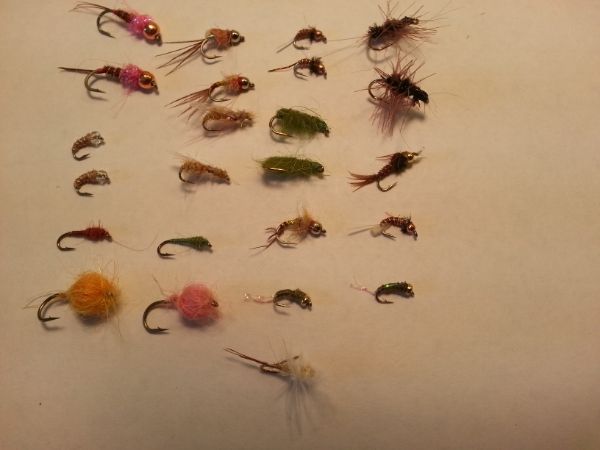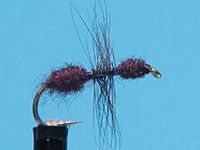docsab
Member
- Joined
- Apr 20, 2012
- Messages
- 98
New to fly tying. Shown are my first creations- wouldn't mind some input regarding how they look- proportions, etc.
I know my tails may be a bit long, and I need to better define my bodies on the flying ants- head, thorax, abdomen- I'm trying to get my dubbing tighter
Comments/criticism welcome. Thanks

I know my tails may be a bit long, and I need to better define my bodies on the flying ants- head, thorax, abdomen- I'm trying to get my dubbing tighter
Comments/criticism welcome. Thanks





